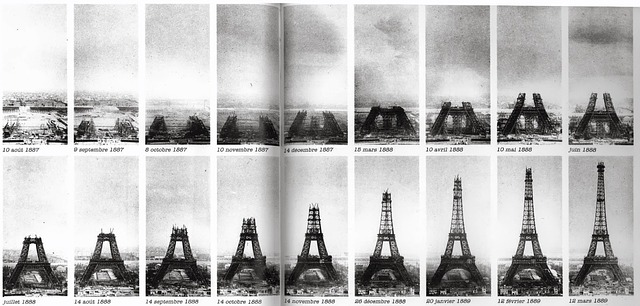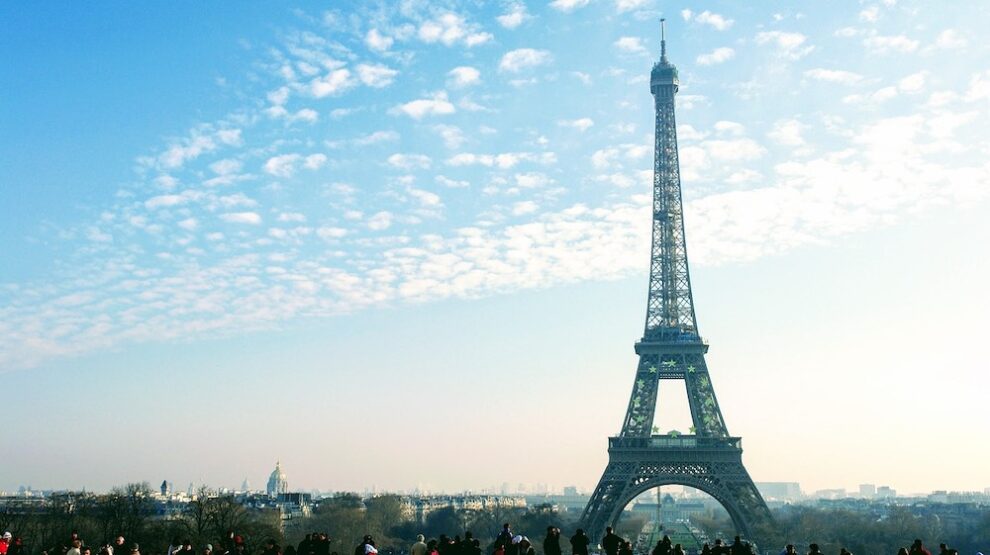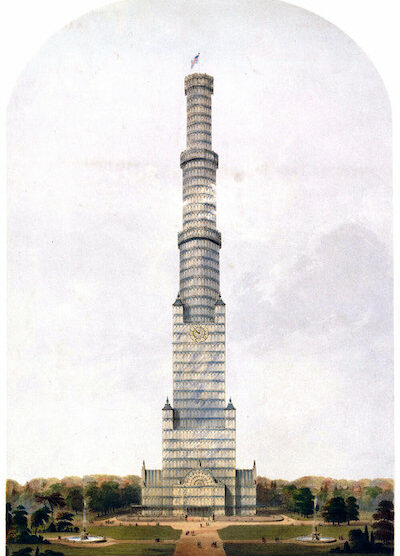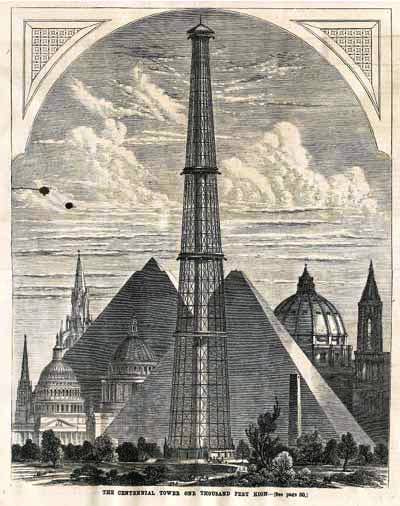Why is the Eiffel Tower an extraordinary monument? Why is she so famous? These are two questions that may seem ridiculous at first glance, or even a bit controversial, as the answer seems obvious to us. And yet, what makes it original and gives it incomparable glory in the history of architecture remains little known.
Indeed, the Eiffel Tower has, on two occasions, revolutionized world architecture. The first time, symbolic, by reaching the height of 1000 feet. The second, of a technical nature, by establishing iron as a major material in modern construction. A double revolution which gives it, for eternity, a separate status…
The symbolic height of 1000 feet
At the end of the 19th century, the race for progress generated by the Industrial Revolution reached its peak. France decided to organize the Universal Exhibition of 1889 to celebrate the centenary of the French Revolution, and at the same time show the whole world the economic, industrial, and human progress of the country. This event will push French architects and engineers to surpass themselves, by attempting to create for the first time in history a tower 1000 feet high, or 300 meters.
This symbolic height was an ancestral dream of humanity, started by the Egyptians with the pyramid of Cheops, which peaks at 146 meters. The first to attempt a 1000-foot tower was the English inventor Richard Trevithick, in 1832, to whom we owe the high-pressure steam engine and the first train pulled by a locomotive. Carried away by pneumonia, he never completed his project… 20 years later, another Englishman, Charles Burton, also tried to take up the challenge with the Glass Tower (photo on the left), but never succeeded in convincing the promoters. The most successful project was American, with The Centennial Tower (photo on the right) designed by Clark and Reeves, an iron producer and builder of metal bridges, for the 1876 Universal Exhibition in Philadelphia. Once again, the million dollars necessary for its realization were never raised…
The first to imagine, design and build for the first time in the history of humanity a 1000 foot tower was Gustave Eiffel. An extraordinary feat!
The iron
A dream that could never have been realized without iron. Used for a very long time in architecture, the industrial revolution will allow large-scale production of this material, which until then could only be produced in small quantities. Less expensive than masonry, resistant to pressure and traction, easy to machine and implement thanks to its assembly technique, it had all the advantages to become a major element of modern construction.
But metal also embodied a stubborn opposition between engineers and architects, or, in other words, between construction and art. As innovative as it was, the elites considered that it could never replace stone to represent the Fine Arts. As with the Opéra Garnier, train stations, town halls, churches and even covered passages, the metal framework was until now always invisible from the outside, or covered with masonry and ornaments. It was even necessary to wait until 1878 for Paris regulations to authorize visible metal frames!
With his Tower, Gustave Eiffel was, once again, the first to claim metal, and its innovative assembly techniques, as a work in its own right. Despite violent criticism, usual when new ideas disrupt the codes, its success was total.

Dethroned by the Chrysler Building and its 319 meters in 1928, a year later by the Empire State Building, which peaks at 381 meters, 30 towers today exceed the Eiffel Tower in the world (the tallest being the Burj Khalifa, in Dubai, with… 828 meters!).
However, she will forever remain the one who opened the way to the architectural conquest of the sky.





Add Comment